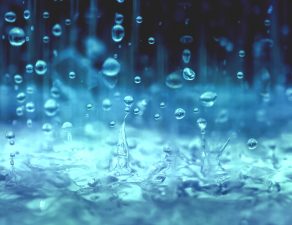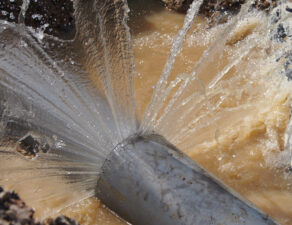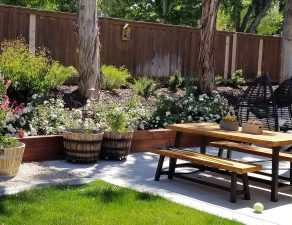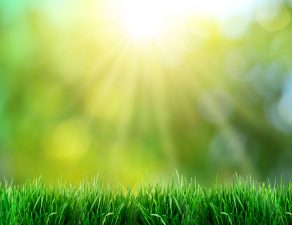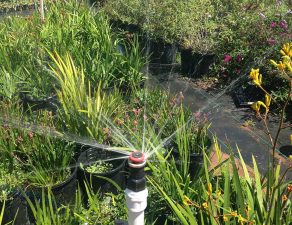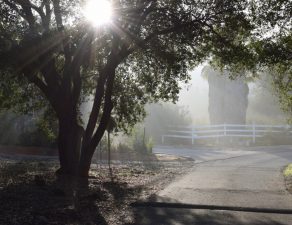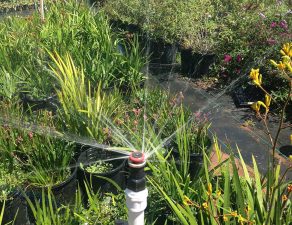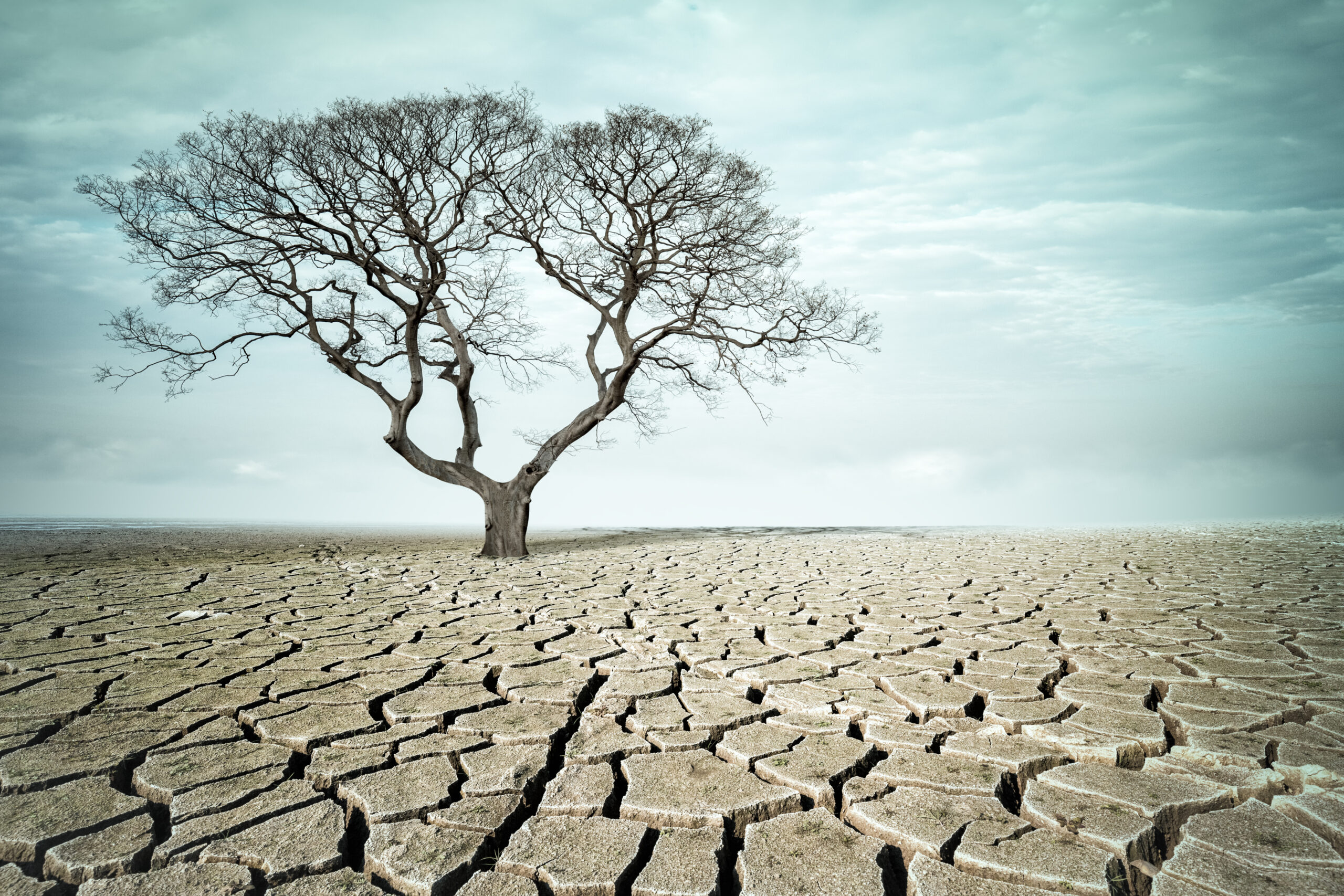
During times of drought, we all need to do our part to reduce water usage. But at the same time, dry conditions create environmental hazards like dying trees and the possibility of wildfires. While conserving water is important, it is possible to go too far and increase the risk to your own property and life.
But how do you find this balance? The first thing to remember is that you want to avoid waste. Never use more water than you actually need to maintain your landscaping, and look for ways to conserve water inside the home with low water appliances, showerheads that conserve water, and so on.
But you do need to use some water. Water your lawn and shrubbery often enough that they stay healthy and alive. Dried lawns and dead shrubbery around your home can essentially serve as kindling in the event of spreading wildfire in your area. Healthy plants are “wet” on the inside, and a single spark usually won’t ignite a blaze. But dry, dead plants can do exactly that.
If you want to conserve water while also maintaining healthy landscaping, consider an underground irrigation system. When you water a lawn or garden from the top, a large percentage of the water simply runs off the surface. But when you deliver moisture at the roots of the plant, all of it gets used. So underground irrigation systems require much less water than watering by sprinkler or hose, and you can set them to run automatically. It’s one less chore for you to remember, and you protect your home from wildfire at the same time.
Choosing water wise plants for your landscape can also be a big help. Those that have evolved to fit into our climate here in Southern California (or climates like ours) will naturally require less water, and can therefore stay healthy during periods of drought.
And of course, you want to water trees deeply on occasion to keep them healthy. Dead trees become dry and brittle, and can pose a risk of falling. Tree roots extend far under the surface of your yard, where they can access deeply stored moisture. But during extreme droughts, you do want to water your trees to prevent unnecessary deaths.
Give us a call for more information on irrigation systems and the appropriate amount of water for your landscape. We can also discuss low-water landscapes if you want to maintain an attractive lawn while using less of this valuable public resource.

